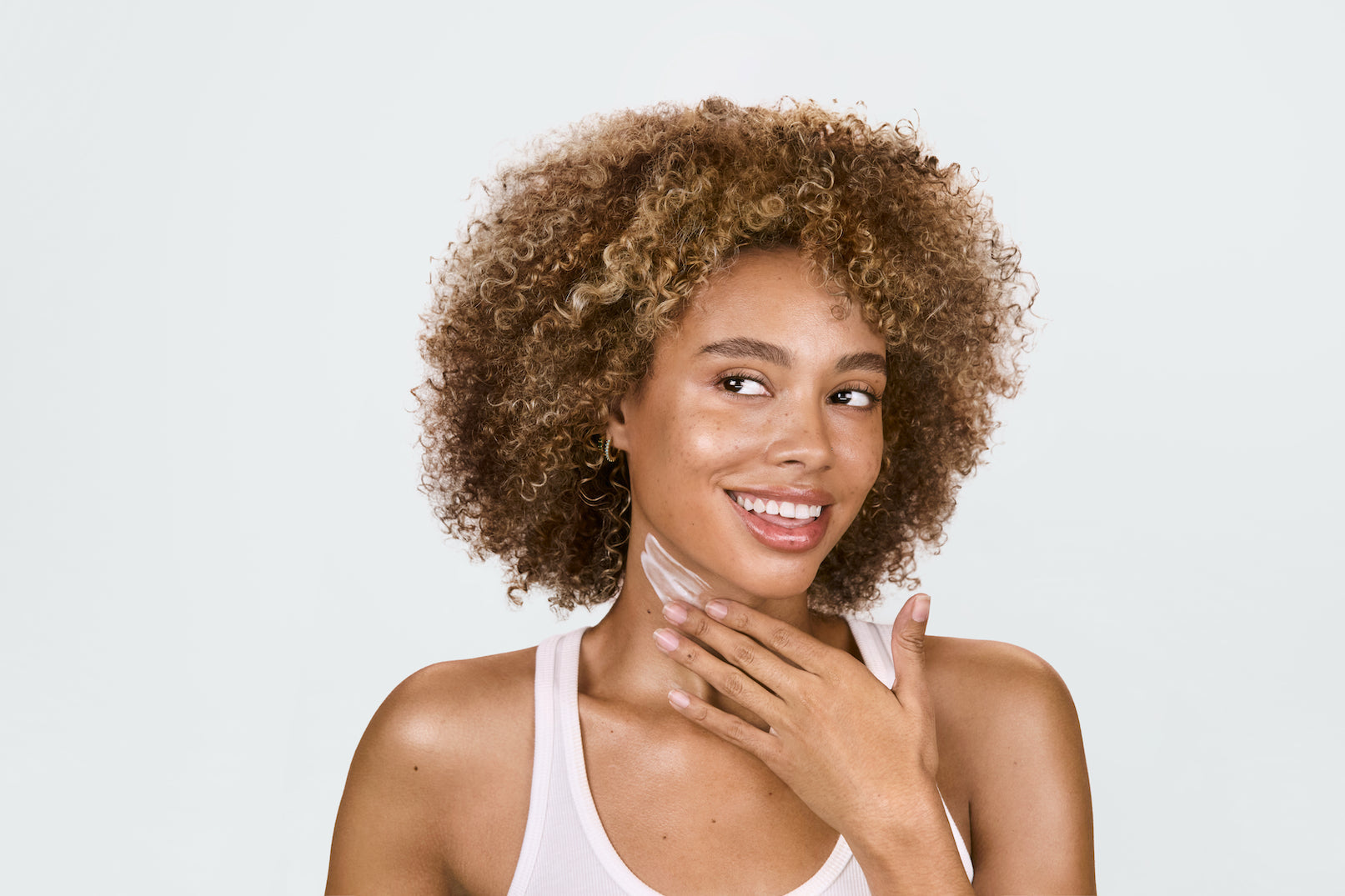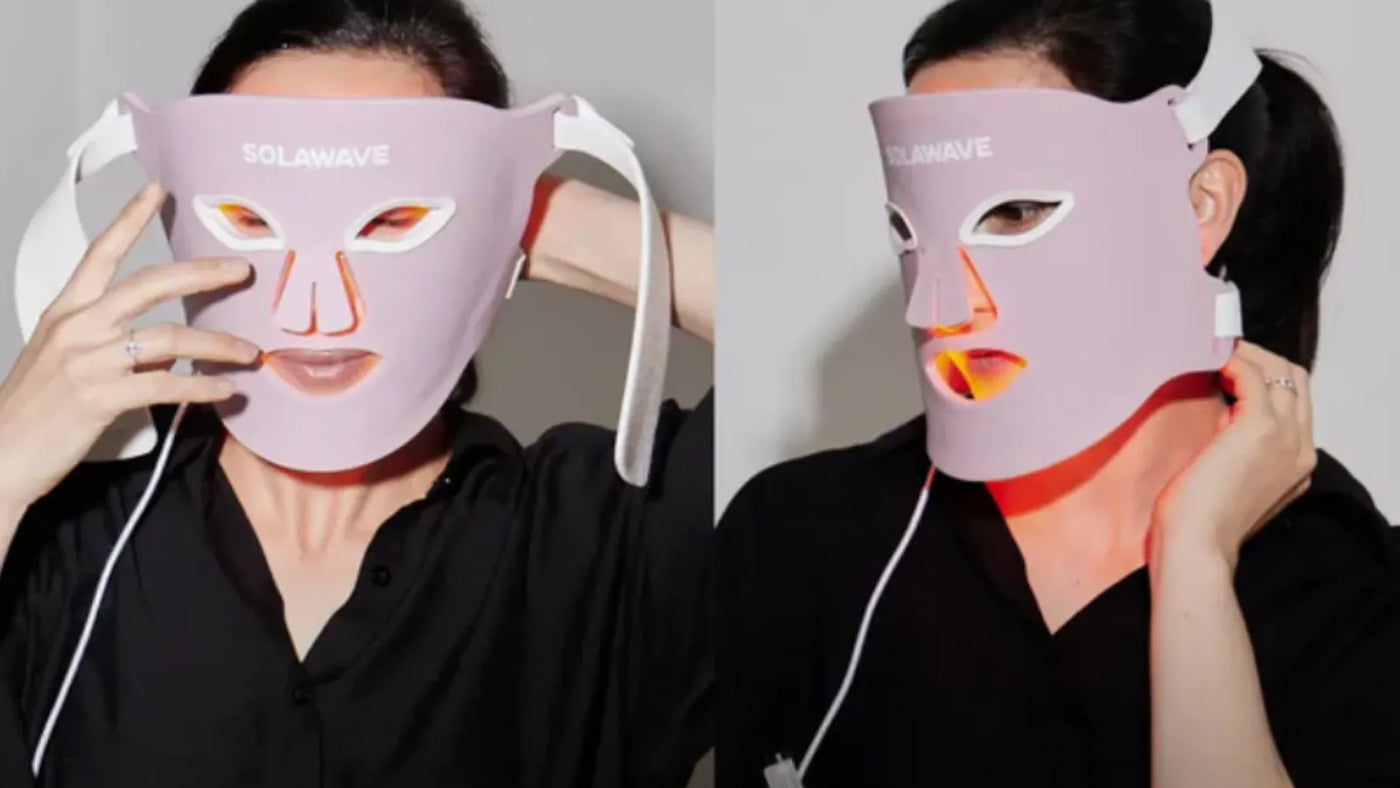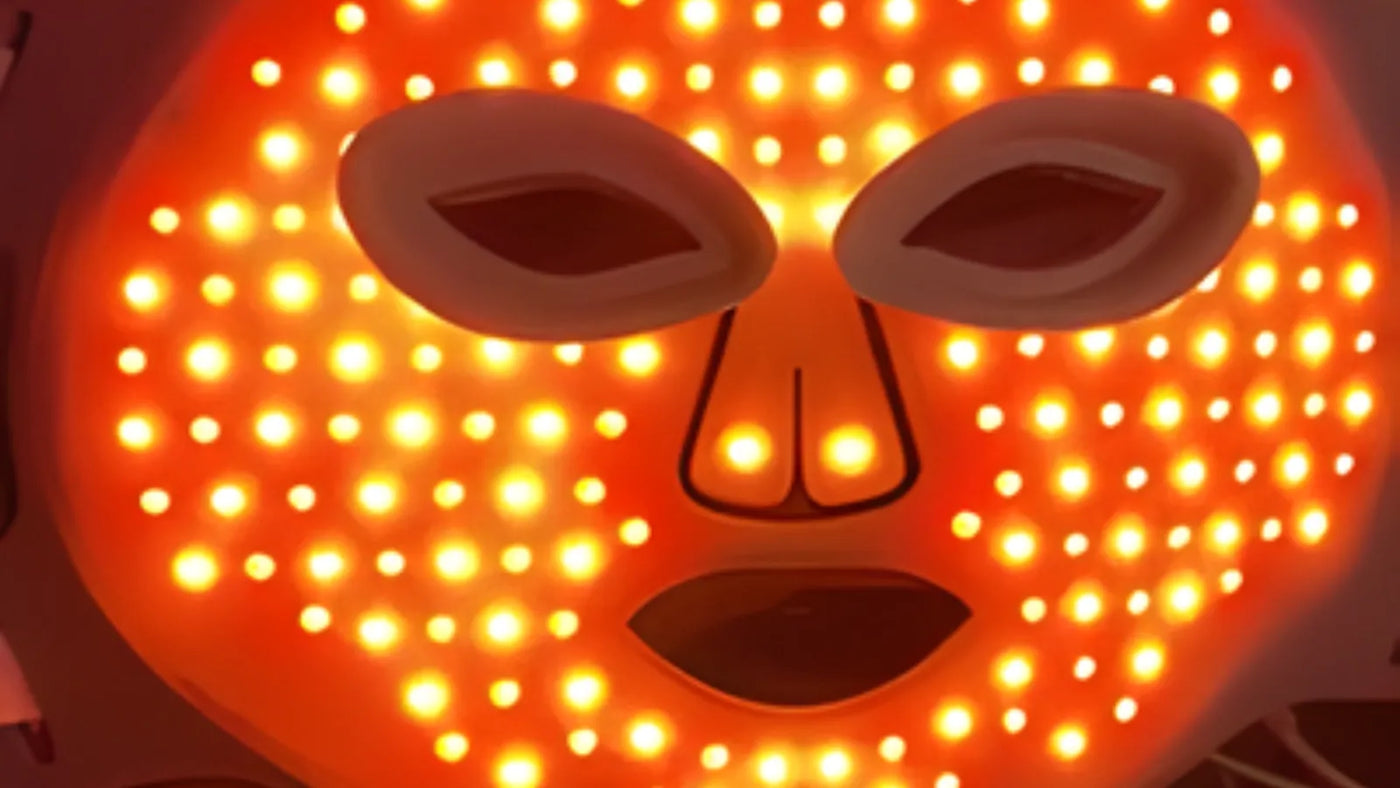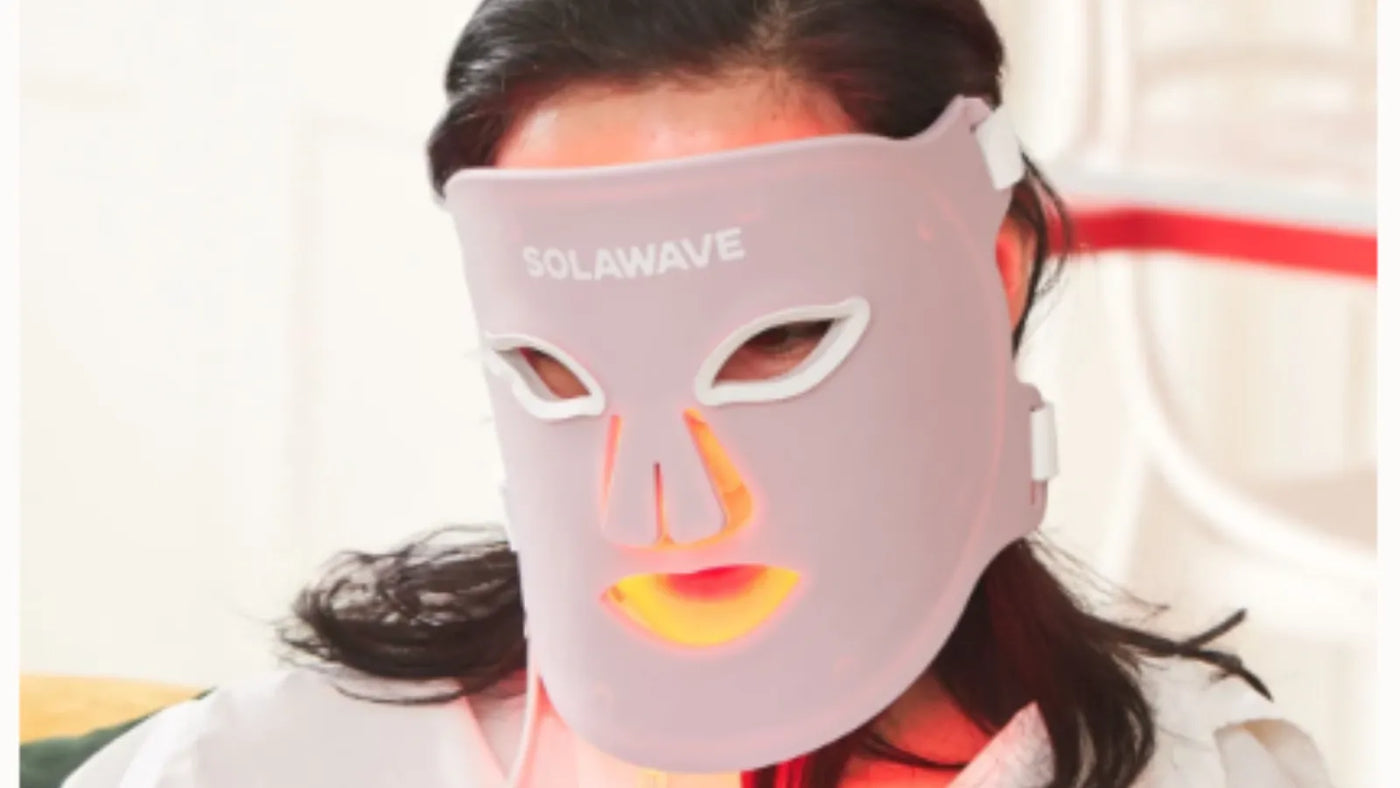

Does Crying Cause Wrinkles?
It’s completely normal to cry. Whether you’re feeling overwhelmed, sad, or even relieved, life brings all kinds of emotions, and letting them out is part of being human. If you’ve ever worried that crying might leave a lasting mark on your skin, you’re not alone—many people wonder if those tears could lead to more wrinkles or speed up signs of skin aging.
Before we dive into the science behind crying and your skin, remember: your mental health always comes first. Taking care of your emotional well-being is just as important—if not more—than any skincare routine. If you ever need support, don’t hesitate to reach out to someone you trust or explore resources that can help.
Now, let’s talk about what happens to your skin when you cry and how you can care for it afterward.
Does Crying Cause Wrinkles? Yes and No.
When you cry, your skin experiences a series of temporary changes. Tears are mostly water, but the salt they contain can leave your skin feeling dry or tight, especially after an emotional release. You might notice puffiness, redness, or irritation around your eyes and cheeks. This happens because the blood vessels around your eyes can expand, leading to swelling and a flushed appearance, while the salt in your tears draws moisture away from your skin.
It’s not just the tears themselves that affect your skin—crying often leads to rubbing your eyes or wiping your face. The skin around your eyes is thinner and more sensitive than the rest of your face, so even gentle rubbing can cause redness, emphasize fine lines, and make puffiness more noticeable. Over time, if you frequently rub or tug at this delicate area, it may contribute to the look of wrinkles.
Facial movements during crying—like scrunching your eyes, frowning, or squinting—create temporary creases in your skin. These lines usually fade once your face relaxes, but repeated expressions over many years can eventually become more permanent. However, occasional crying won’t suddenly lead to lasting wrinkles.
The idea that crying directly causes wrinkles is a myth Wrinkles develop over time due to a combination of factors, including natural skin aging, sun exposure, genetics, and lifestyle habits. While frequent rubbing or harsh handling of your skin can contribute to the appearance of fine lines, it’s not the act of crying itself that’s responsible. Other factors—such as sun damage, dehydration, smoking, and skipping daily sun protection—play a much bigger role in the development of wrinkles.
Crying can temporarily change the way your skin looks, but these effects are usually short-lived. Treating your skin gently after an emotional moment helps it recover and supports a healthier-looking complexion.
How to Rejuvenate Your Skin After Crying
After a good cry, your skin might feel puffy, tight, or sensitive. Taking a few gentle steps can help your skin recover and restore a healthy-looking glow.
Start by cleansing your face with a mild, hydrating cleanser. This helps remove any salt residue from your tears, which can dry out or irritate your skin. Avoid harsh scrubs or foaming cleansers, as these can strip away moisture and make sensitivity worse. Instead, use lukewarm water and pat your skin dry with a soft towel—never rub.
Hydration is key. Apply a gentle, alcohol-free toner or facial mist to refresh your skin and add a layer of moisture. Follow up with a lightweight, nourishing moisturizer. Look for ingredients like hyaluronic acid, glycerin, or ceramides, which help attract and lock in moisture. If your skin feels extra sensitive, choose a moisturizer designed for sensitive skin, free from fragrance and harsh additives.
To reduce puffiness, especially around your eyes, use a cool compress. You can soak a clean washcloth in cold water, wring it out, and place it over your eyes for a few minutes. Chilled gel eye masks or even cold teaspoons can also help soothe swelling and calm redness. Avoid applying ice directly to your skin, as this can cause irritation.
Follow with a gentle eye cream if you have one. If you have an eye cream with ingredients like caffeine or peptides, gently dab a small amount around your eyes to help reduce the look of puffiness and support a smoother appearance. Always use your ring finger to apply products around the eyes, as it applies the least pressure.
Don’t underestimate the power of rest and self-care. Give yourself time to relax and let your skin recover naturally. Elevating your head with an extra pillow while you rest can help minimize lingering puffiness. Drinking water can also help rehydrate your skin from the inside out.
Other Tips to Reduce the Look of Wrinkles Around the Eyes
Build a Gentle, Consistent Skincare Routine
Caring for the delicate skin around your eyes can make a noticeable difference in how smooth and refreshed your skin looks. Start with a mild cleanser and always remove makeup before bed to prevent irritation. Apply a hydrating eye cream or serum with ingredients like hyaluronic acid, peptides, or antioxidants to help plump and nourish the skin. Moisturizing daily helps keep the skin barrier strong and reduces the look of dryness that can make lines more visible.
Check out our guide to a complete, perfectly layered skin routine here if you need some step by step help!
Protect Your Skin From Sun Exposure
One of the most effective ways to support smoother-looking skin is by protecting it from the sun. Apply a broad-spectrum sunscreen every morning, even on cloudy days, and wear sunglasses to shield the delicate eye area from UV rays. Sun exposure is one of the leading causes of visible skin aging, so daily protection is essential.
Try Red Light Therapy for the Eye Area
Red Light Therapy is a top option for anyone looking to reduce the look of fine lines around the eyes. This gentle, non-invasive treatment supports healthy collagen production, which helps improve the look of firmness and overall skin appearance.
The Solawave Red Light Therapy Eye Mask LightBoost Set is designed specifically for the delicate skin around your eyes, delivering targeted Red Light to help your skin look smoother and more radiant over time. This innovative mask uses gentle, non-invasive Red Light wavelengths to support healthy collagen production, which can improve the appearance of fine lines and help your skin look firmer and more refreshed. The lightweight, flexible design contours comfortably to your face, allowing you to relax while the mask does the work.
It’s easy to use at home—just place the mask over your eyes, turn it on, and enjoy a few minutes of soothing Red Light. The LightBoost Set fits seamlessly into your routine, whether you use it in the morning to start your day or as part of your evening wind-down.
Practice Healthy Daily Habits
Other helpful habits include gentle facial massage to boost circulation, staying hydrated by drinking plenty of water, and getting enough sleep each night. These practices help your skin look refreshed and reduce the appearance of puffiness and fine lines.
What to Avoid Around the Eyes
There are also a few things to avoid. Try not to rub or tug at the skin around your eyes, as this can stretch and weaken the delicate tissue. Skip harsh exfoliants or scrubs in this area, as they can cause irritation and make lines more noticeable. And never skip sun protection, since UV damage can quickly undo your efforts to maintain smoother-looking skin.
Your Well-Being Comes First: Prioritizing Mental Health
Crying is a natural and healthy way to process emotions. Everyone experiences tough moments, and letting yourself feel and express those emotions is part of being human. If you find yourself crying, remember that it’s okay—your emotional well-being is far more important than any temporary changes in your skin’s appearance.
Taking care of your mental health should always come before worrying about how you look. When you prioritize your emotional needs, you’re supporting your overall health, including your skin. If you notice that you’re feeling overwhelmed, sad more often than usual, or having trouble managing daily life, these can be signs that you might need extra support.
You’re never alone in how you feel. If you need someone to talk to, consider reaching out to a trusted friend, family member, or mental health professional. There are also many resources available, such as mental health hotlines and online support communities, where you can find understanding and guidance. Asking for help is a sign of strength, and taking care of your mind is just as important as caring for your body and skin.
Conclusion
Taking care of yourself means tending to both your emotional well-being and your skin health. Tough days happen to everyone, and it’s completely normal to feel a range of emotions—including those that bring tears. Remember, your feelings are valid and reaching out for support is always okay.
As you move forward, give yourself permission to practice self-care in whatever way you need—whether that’s talking to someone you trust, taking time to rest, or following a gentle skincare routine.
Sources:





















